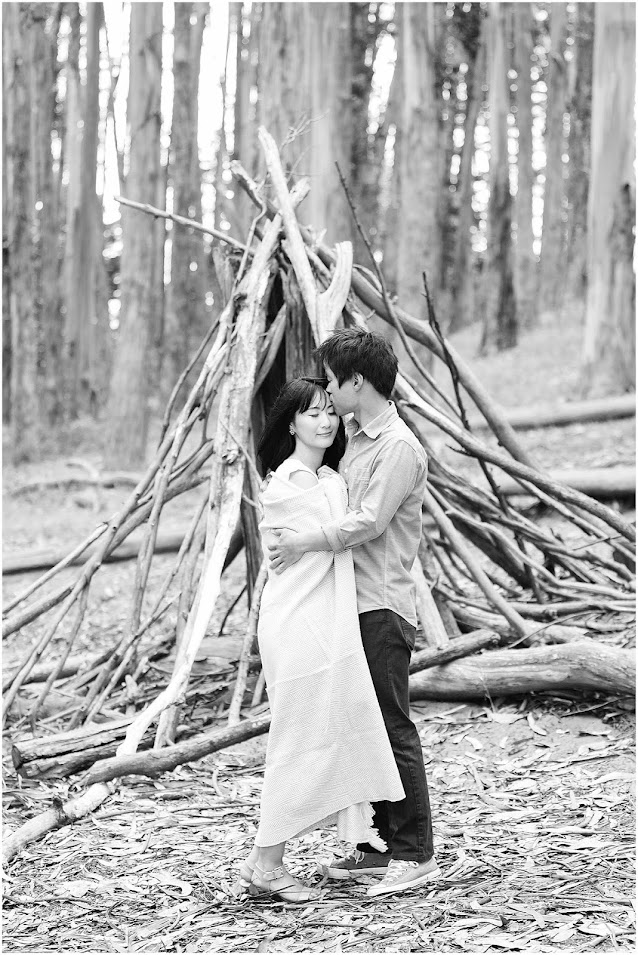
The Soviet Union's objections were detailed in a lengthy Septemstatement by Gromyko. The Soviet delegation made several unsuccessful procedural attempts to stall the proceedings. From the start of the conference the Soviet Union expressed vigorous and vocal opposition to the draft treaty text prepared by the United States and the United Kingdom. The Soviet Union took part in the San Francisco conference, and the Soviet delegation was led by the Soviet Deputy Foreign Minister Andrei Gromyko. Portugal was also not invited-even though its territory of East Timor had been invaded by Japan, disregarding Portugal's status as neutral country in the war. Pakistan as a state had not existed at the time of the war but was invited anyway since it was a successor state to British India, a major combatant against Japan. Italy was not invited either, notwithstanding the fact that the government had issued a formal declaration of war to Japan on July 14, 1945, just a few weeks before the end of the war. disagreement over Chinese participation, neither North nor South Korea was invited.

#Shimo san francisco free#
India signed a separate peace treaty, the Treaty of Peace Between Japan and India, for the purpose of giving Japan a proper position of honor and equality among the community of free nations, on June 9, 1952. The lack of invitation to either or both of these parties resulted in the controversial political status of Taiwan, since the Treaty of Peace did not specify to whom Taiwan's sovereignty was to be turned over, and made the ROC's administration and sovereignty over Taiwan subject to debate and unresolved in international law.īurma, India, and Yugoslavia were also invited, but did not participate India considered certain provisions of the Treaty to constitute limitations on Japanese sovereignty and national independence. Neither the Republic of China (ROC) in Taiwan nor the People's Republic of China (PRC) in mainland China were invited because of the Chinese Civil War and the controversy over which government was legitimate and therefore whom to invite.

2.1 Soviet Union's opposition to the Treaty.This treaty also introduced the problem of the legal status of Taiwan due to its lack of specificity as to what country Taiwan was to be surrendered, and hence some supporters of Taiwan independence argue that sovereignty of Taiwan is really still held by the Allies (particularly the US). Dower, signifies the effects of Japan's relationship with the United States and its role in the international arena as determined by these two treaties and is used to discuss the ways in which these effects have governed Japan's post-war history.

This treaty, along with the Security Treaty signed that same day, is said to mark the beginning of the "San Francisco System" this term, coined by historian John W. This treaty made extensive use of the UN Charter and the Universal Declaration of Human Rights to enunciate the Allies' goals. This treaty served to officially end World War II, to formally end Japan's position as an imperial power, to allocate compensation to Allied civilians and former prisoners of war who had suffered Japanese war crimes, and to end the Allies' military occupation and return sovereignty to Japan.

According to Article 11 of the Treaty of San Francisco, Japan accepts the judgments of the International Military Tribunal for the Far East and of other Allied War Crimes Courts imposed on Japan both within and outside Japan. Treaty of San Francisco ( サンフランシスコ講和条約, San-Furansisuko kōwa-Jōyaku ?), Peace Treaty with Japan ( 日本国との平和条約, Nihon-koku tono Heiwa-Jōyaku ?) or commonly known as the Treaty of Peace with Japan, Peace Treaty of San Francisco, or San Francisco Peace Treaty), mostly between Japan and the Allied Powers, was officially signed by 48 nations on September 8, 1951, at the War Memorial Opera House in San Francisco, California, United States.


 0 kommentar(er)
0 kommentar(er)
